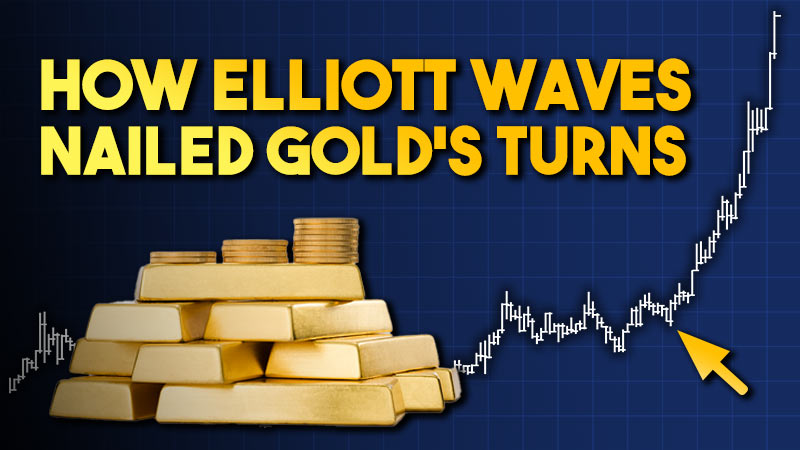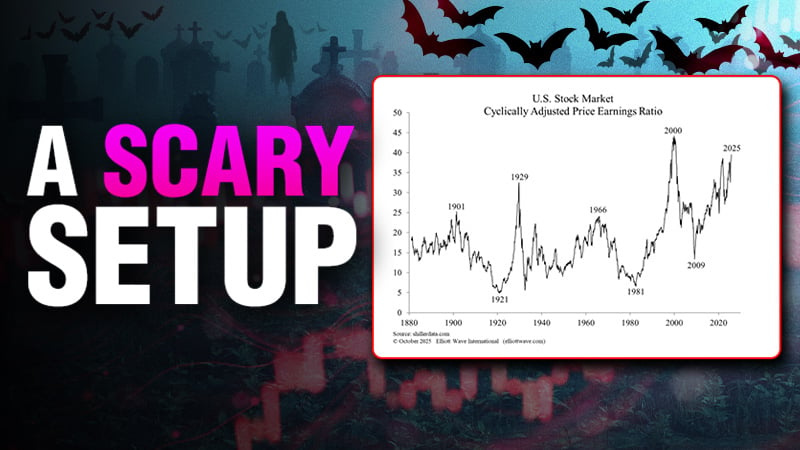Here’s “one thing that should jump out from the chart”
Investors are often puzzled when a financial market acts in a way that’s contrary to the news of the day.
Consider this March 13 headline (CNBC):
Cryptocurrencies rally despite shutdown of crypto friendly Signature Bank, bitcoin breaks through $24,000
As you may know, the shutdown of Signature Bank occurred in the wake of the failure of Silvergate, another bank which did a lot of business with the world of crypto.
So, with these crypto-related banks going down for the count, it seems the price of Bitcoin would be dropping considerably. Instead, it rose about 15% in a single day.
But, as Elliott Wave International has pointed out numerous times, financial markets do not respond to pure reason, or logic — as in, bad news means the price of a financial market will fall. Or, good news means a financial market will rise. It just doesn’t work that way. And, again this perplexes a lot of investors — especially newbies.
Now, a financial market may fall when bad news is reported (or rise on a day of good news), but that doesn’t mean the news was the “cause” of the price action. Correlation does not mean causation.
So, if news and events do not drive financial markets, what does?
The answer is investor psychology — as reflected by Elliott wave patterns.
As Frost & Prechter’s Elliott Wave Principle: Key to Market Behavior notes:
The Wave Principle is governed by man’s social nature, and since he has such a nature, its expression generates forms. As the forms are repetitive, they have predictive value.
Ah, predictive value!
Please don’t read into that that the Elliott wave model can perfectly foretell every twist and turn of the future. No, no.
Yet, because the financial price patterns are repetitive, those familiar with the Elliott wave model have a solid basis for analysis.
But, back to Bitcoin specifically: Our March Global Market Perspective (published March 3) was not at all surprised by Bitcoin’s strong upward move on March 13. Here’s a quote from that issue:
One thing that should jump out from the chart is that the advance from the December low of $15,476 is a very clear impulse wave.
Keep in mind that an “impulse” wave is a wave which moves in the direction of the main trend, so our March Global Market Perspective analysis indicated that more upside was ahead for Bitcoin.
Notice that our analysis did not mention news about Bitcoin — and we published it days before the two bank failures, anyway — but strictly stuck with Elliott wave analysis.





